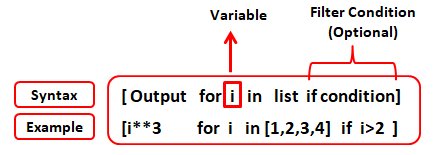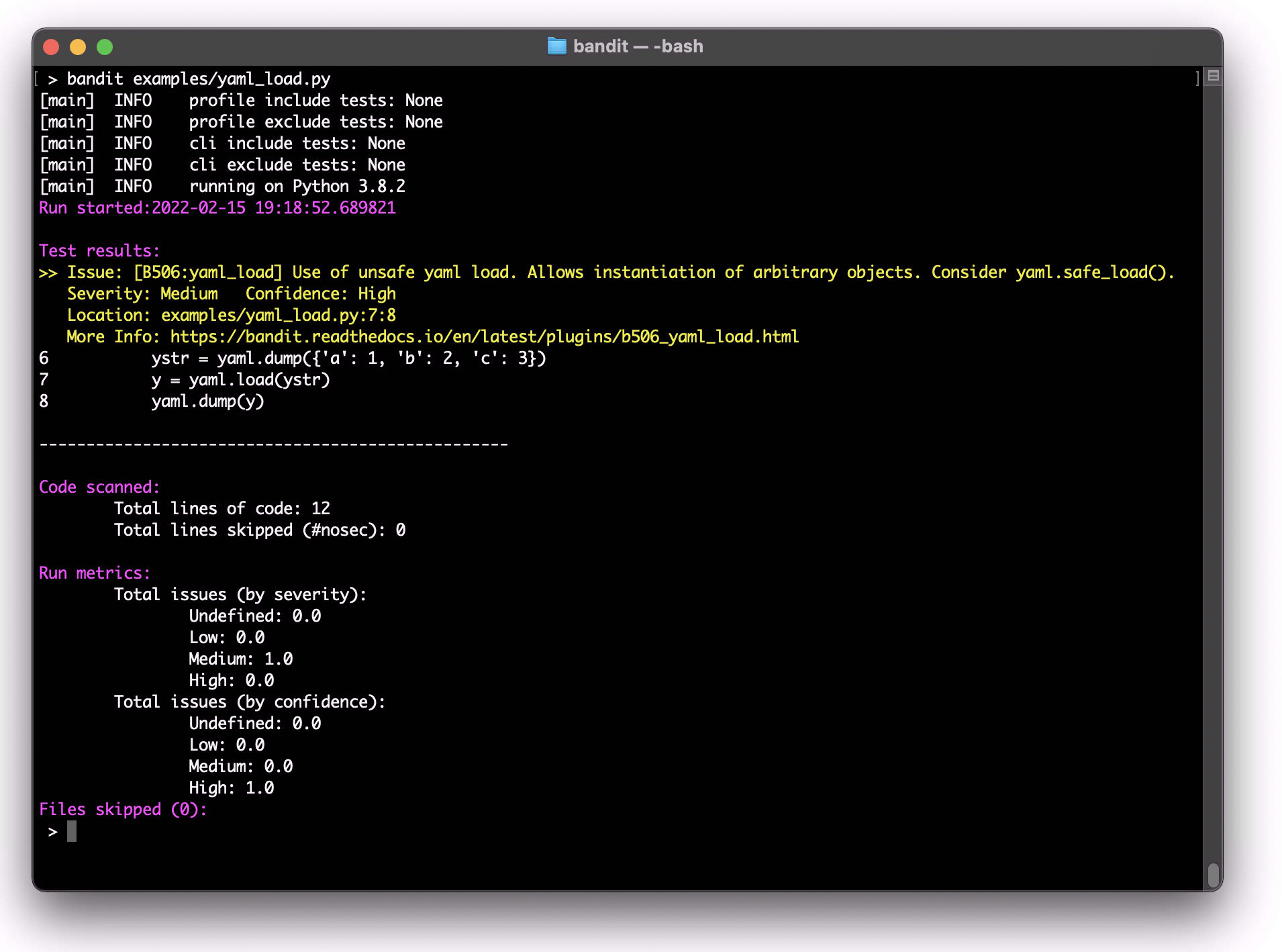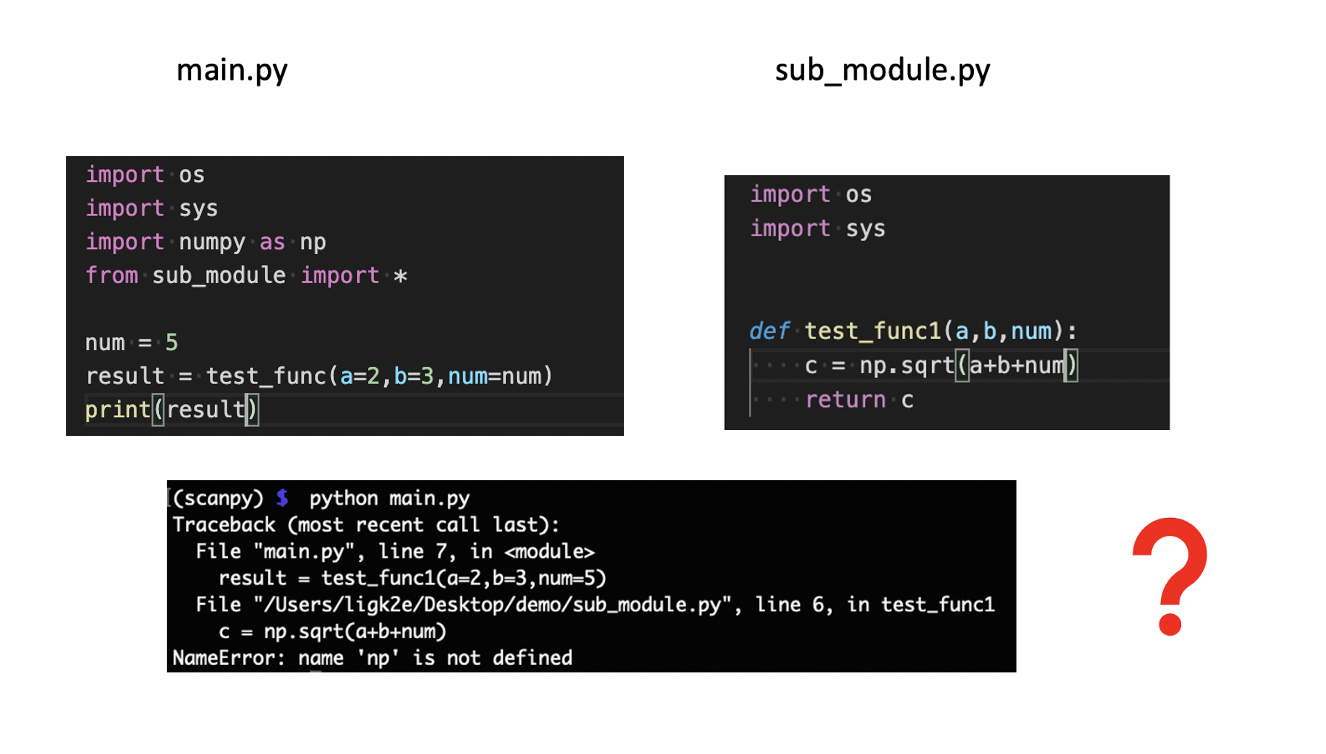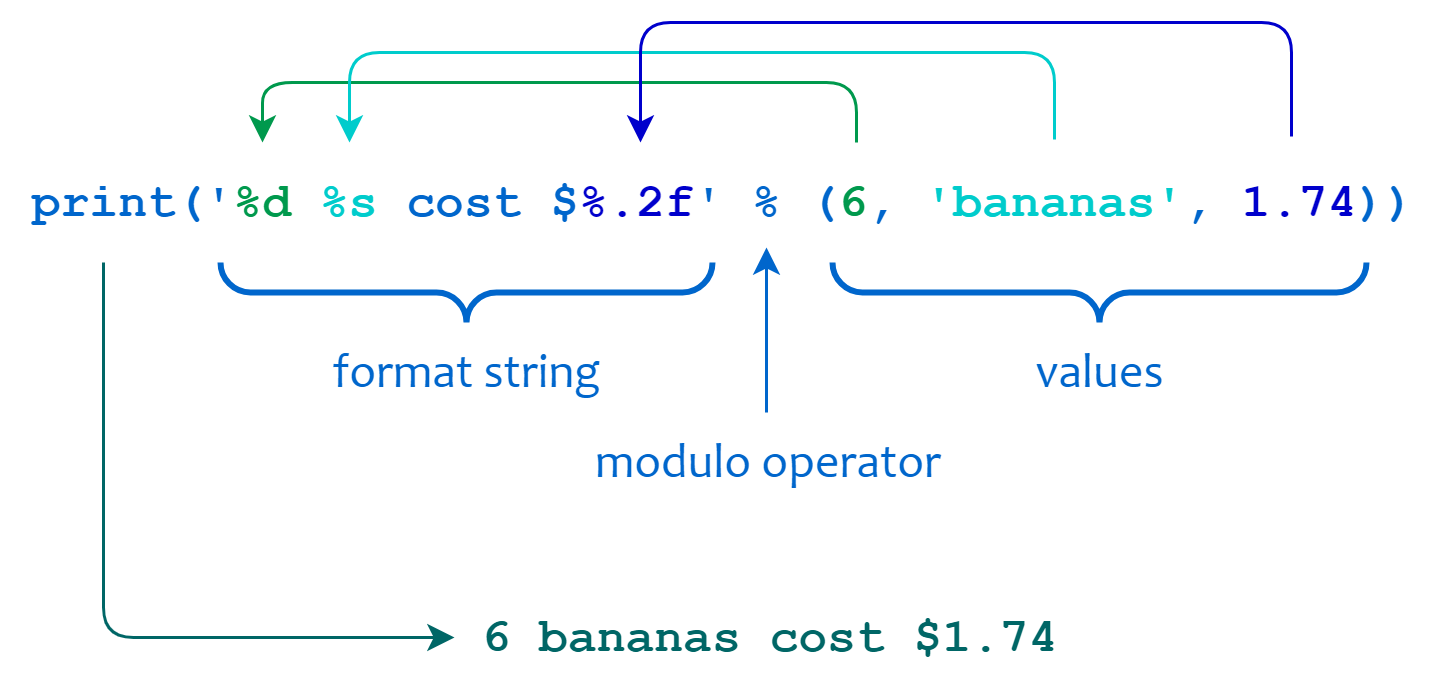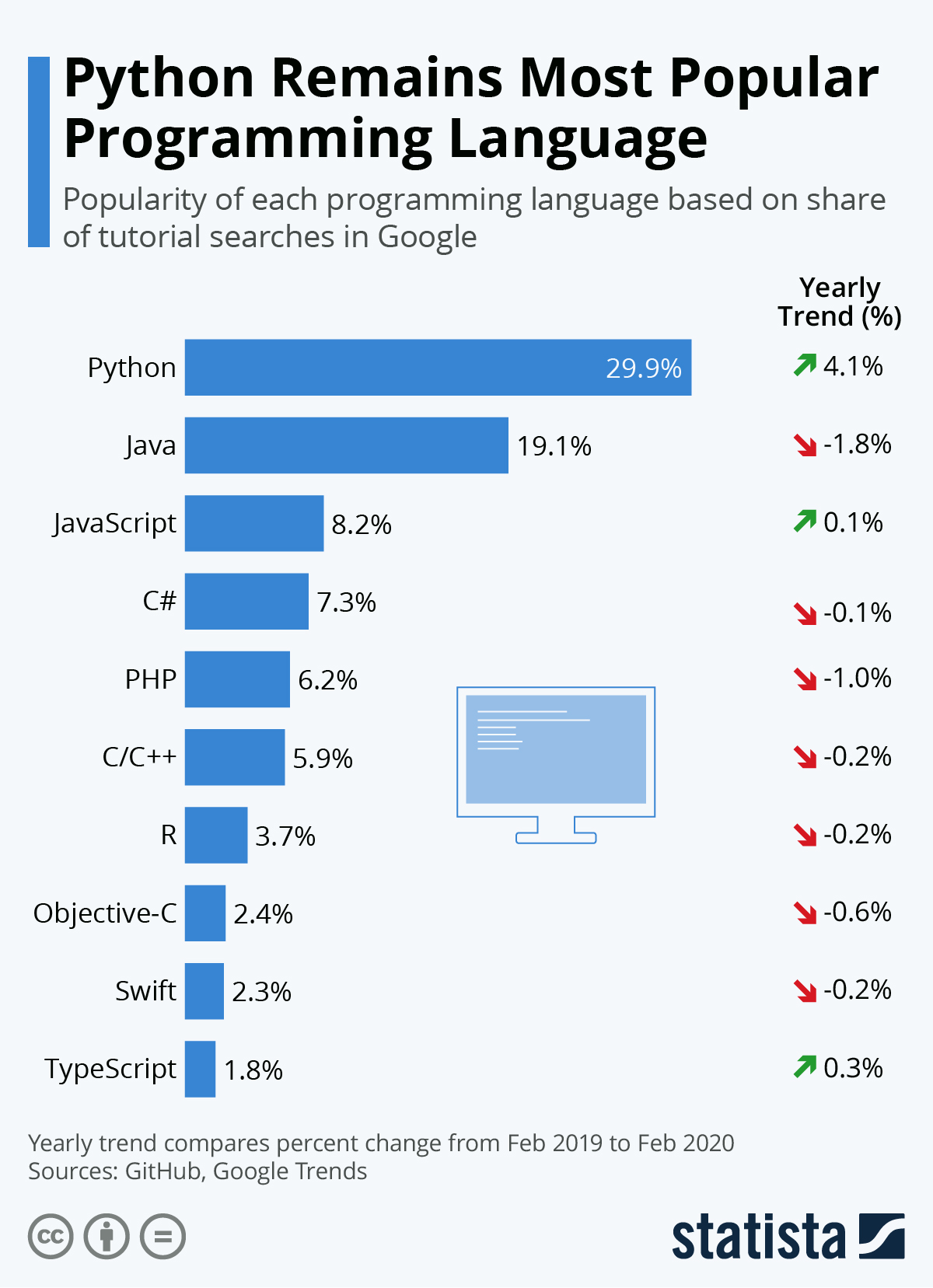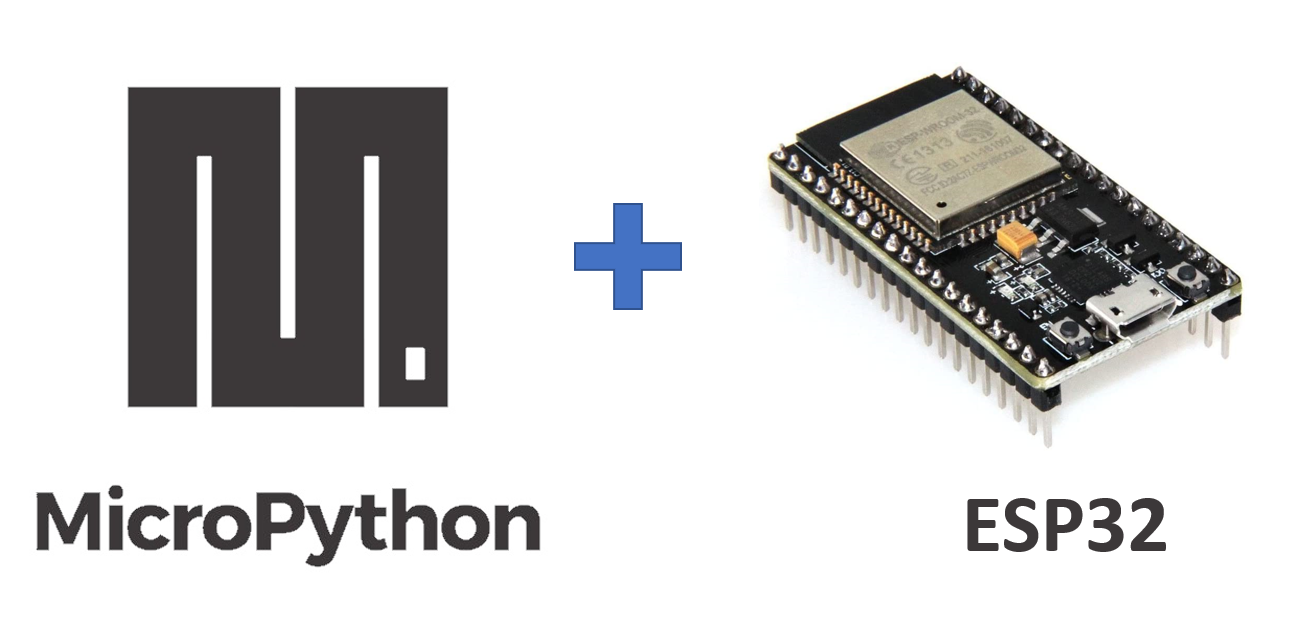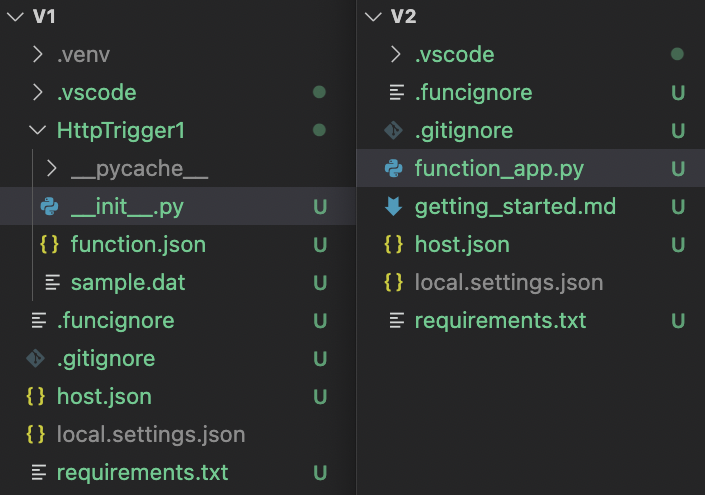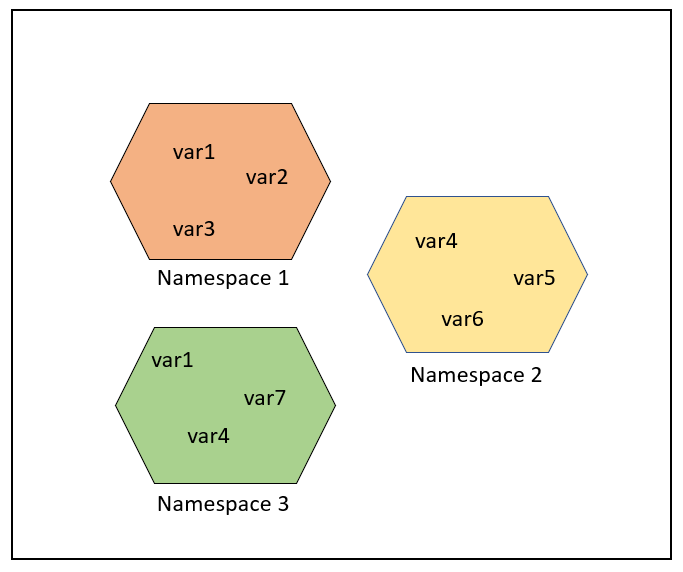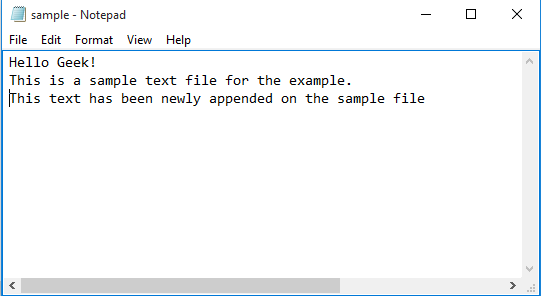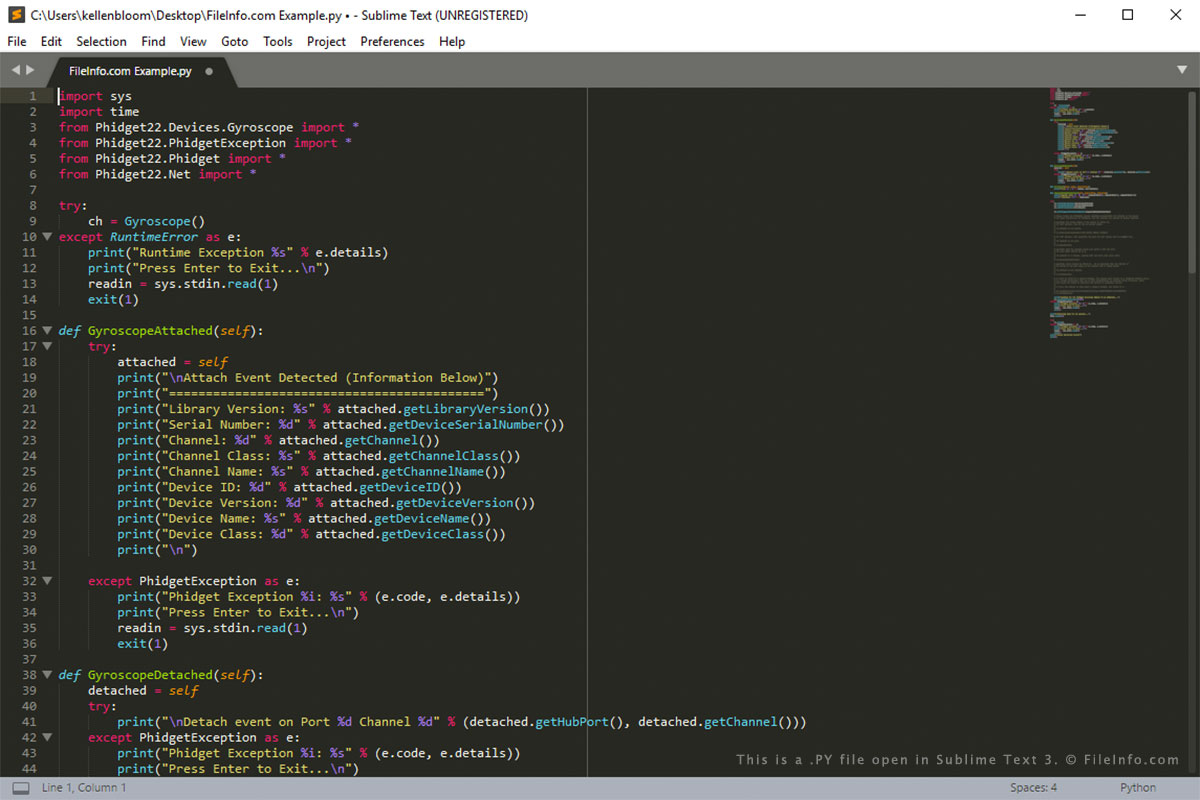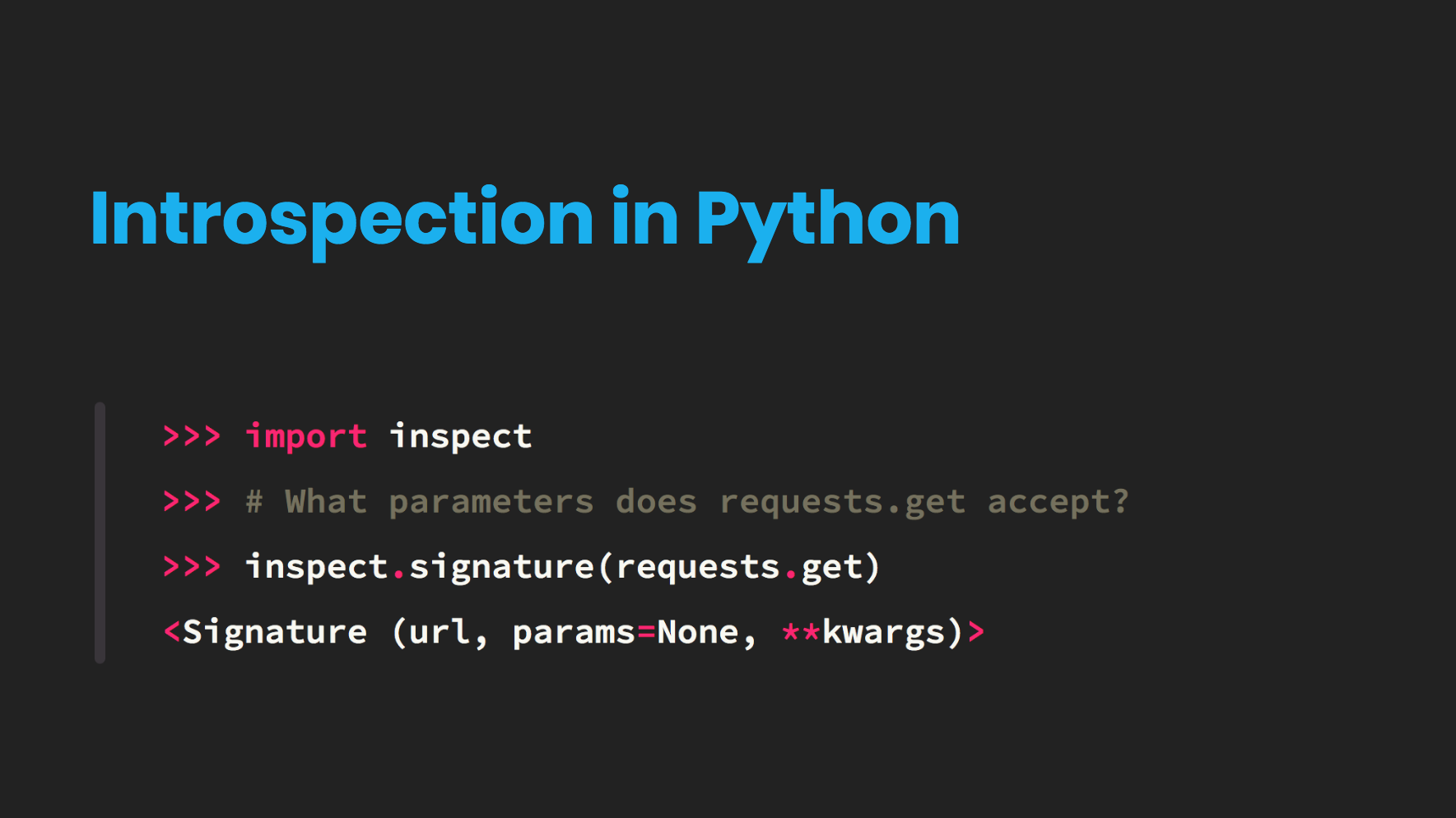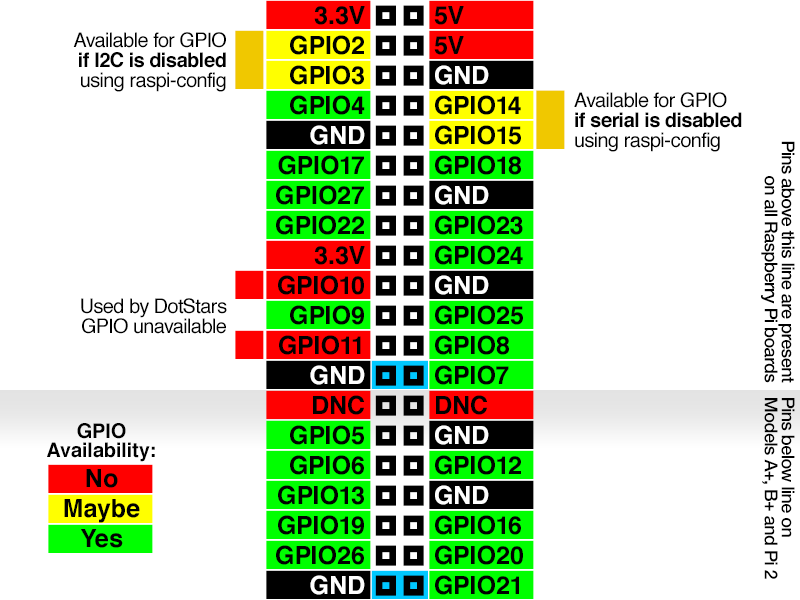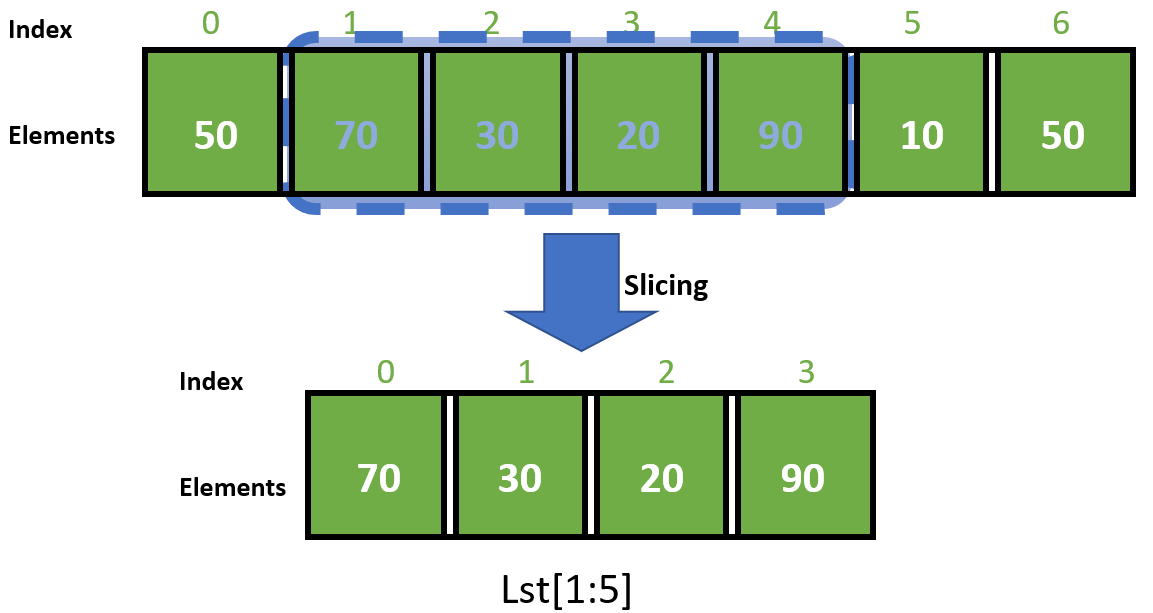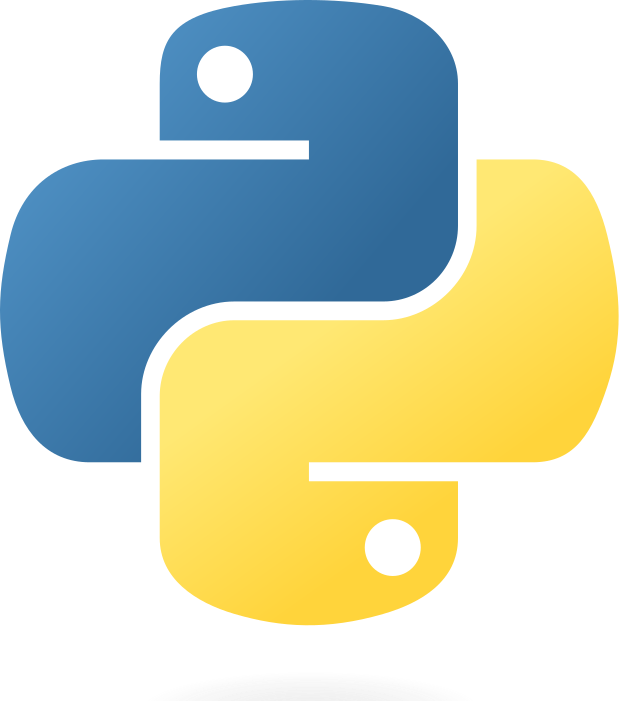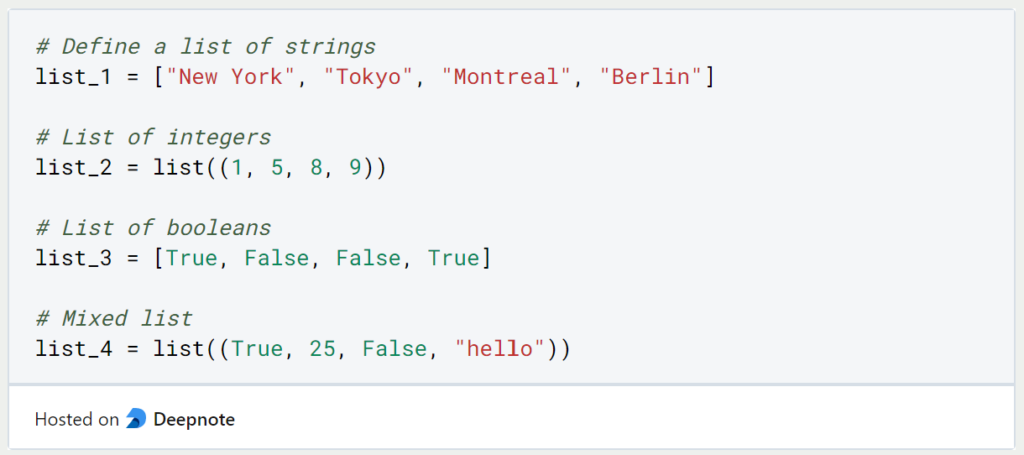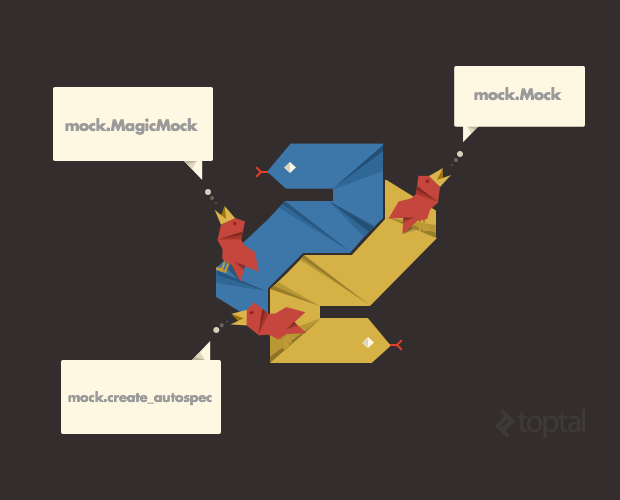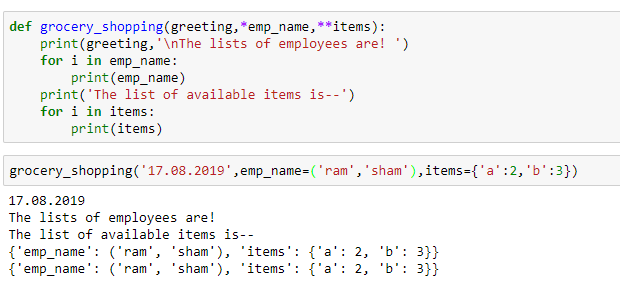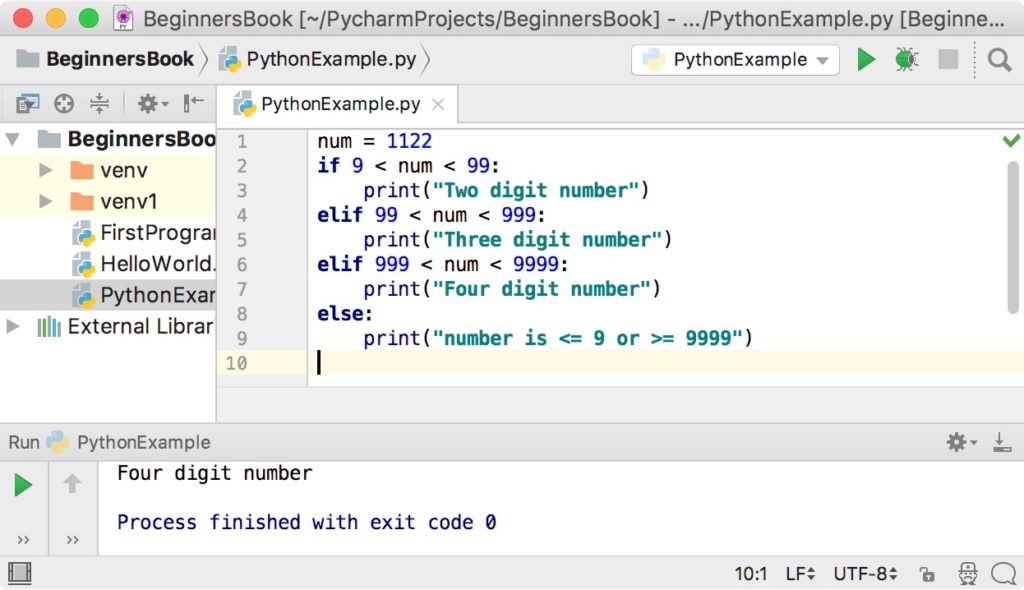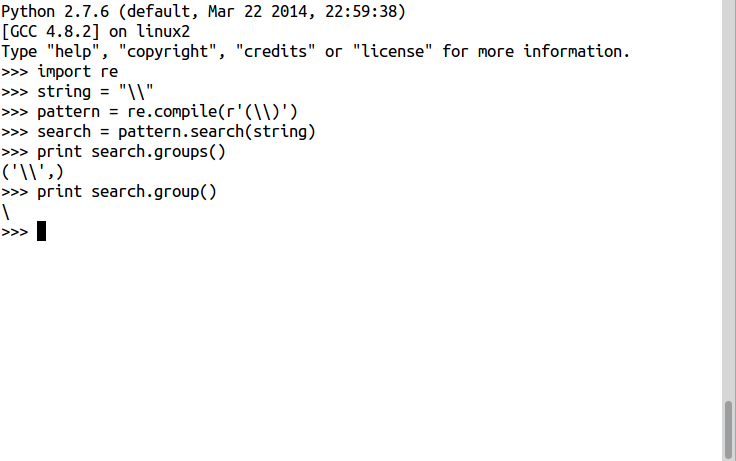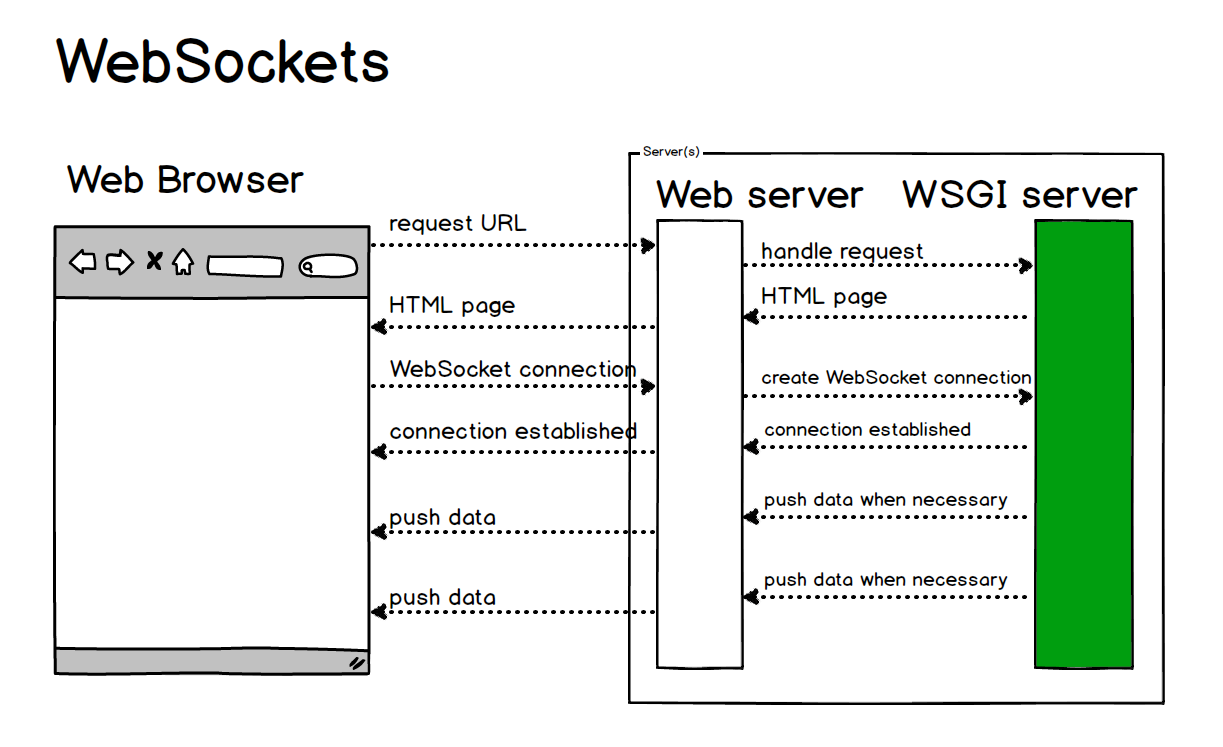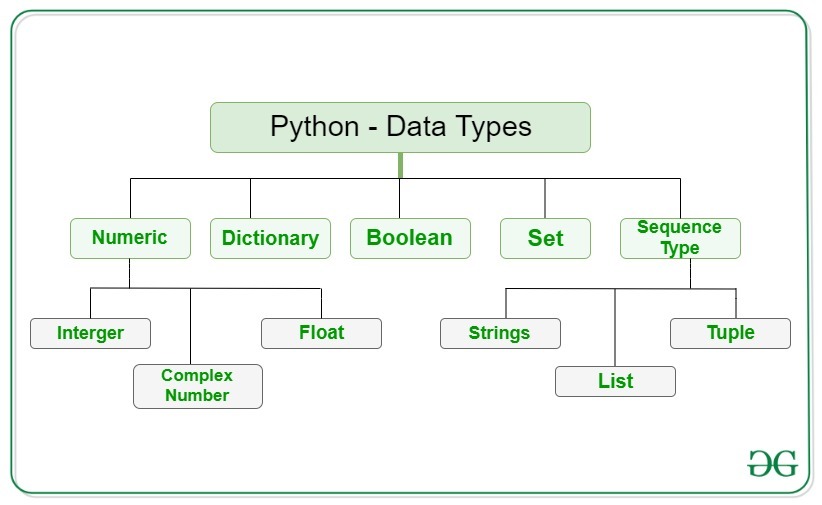What is the difference between list tuples and array in Python?
What is the difference between list tuples and array in Python?
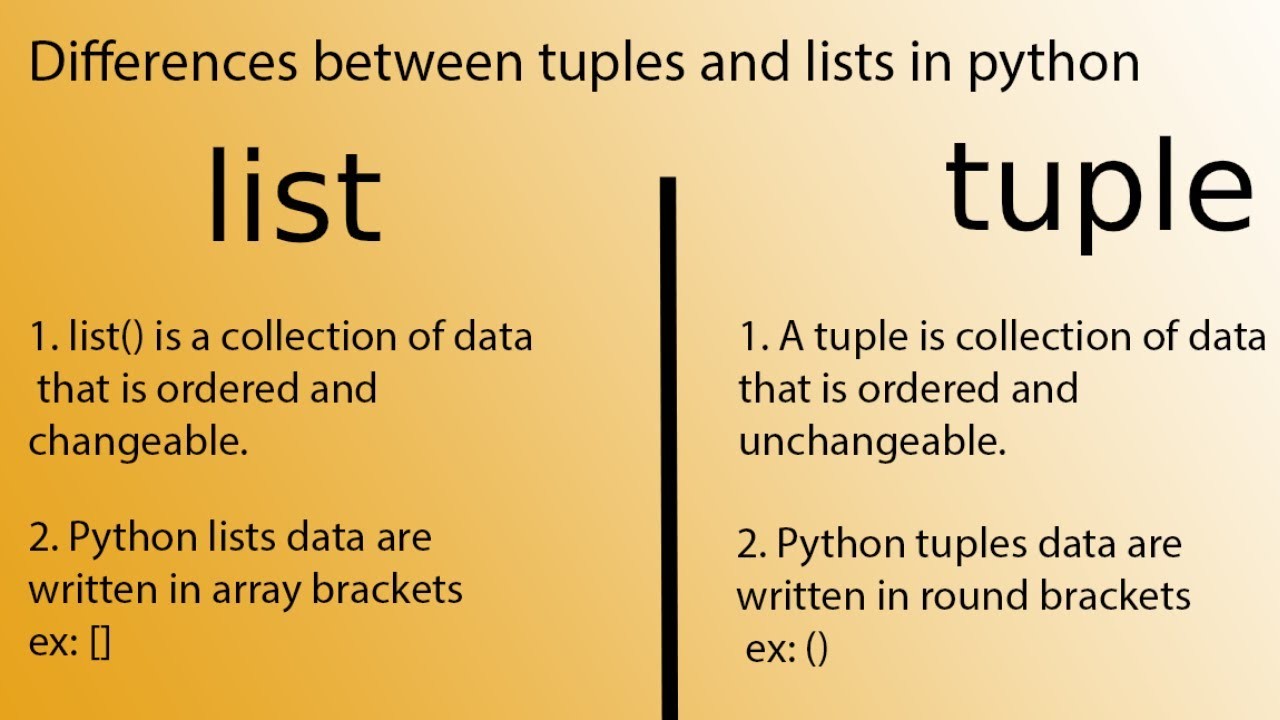
I'm happy to help you with that!
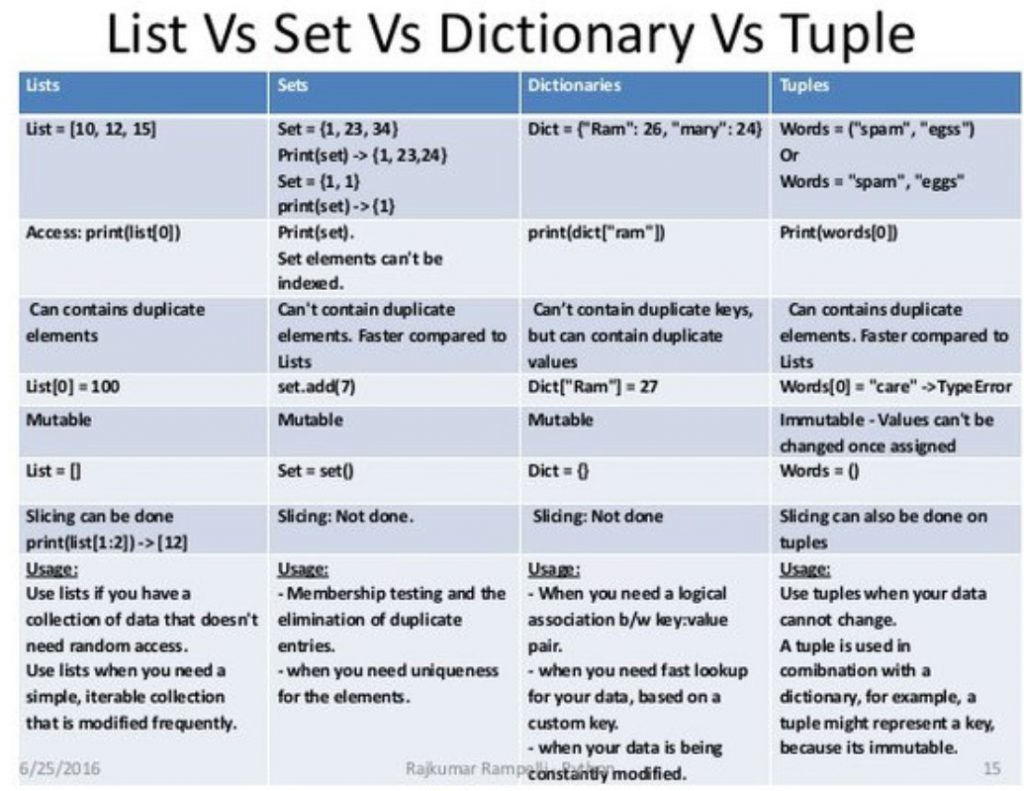
In Python, list, tuple, and array are three distinct data structures that serve different purposes. While they share some similarities, each has its unique characteristics, strengths, and use cases.
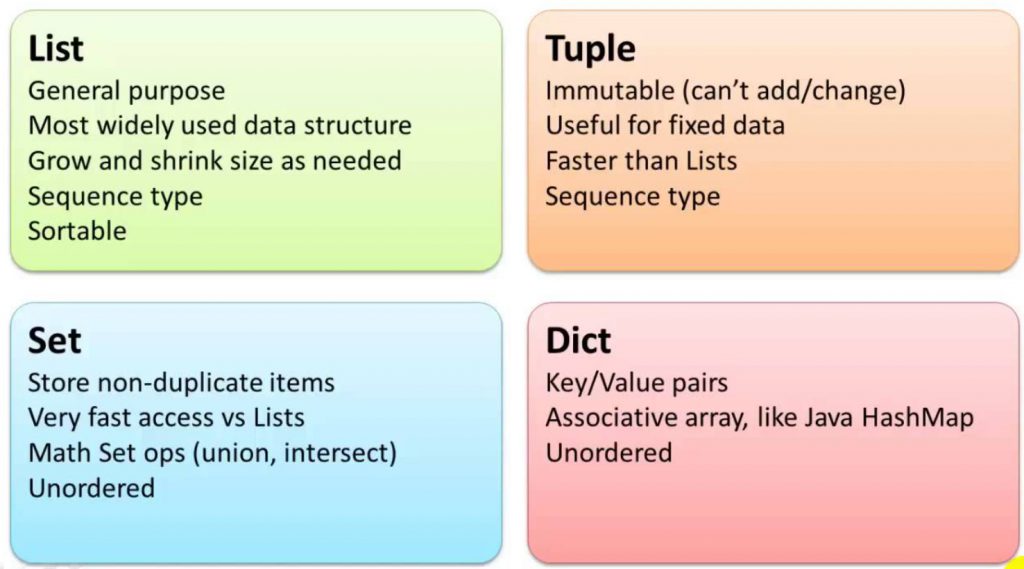
List
A list in Python is a mutable, ordered collection of items that can be of any data type, including strings, integers, floats, booleans, and even other lists or tuples. Lists are denoted by square brackets [] and can grow or shrink dynamically as elements are added or removed.
Key characteristics:
Mutable: You can modify a list after it's created. Ordered: Lists maintain the order in which elements were inserted. Flexible data types: Lists can contain heterogeneous elements. Dynamic size: Lists can change size during runtime.Example: my_list = [1, 2, 3]; my_list.append(4); print(my_list)
Tuple
A tuple is a immutable, ordered collection of items that can also be of any data type. Tuples are denoted by parentheses () and are similar to lists but with the key difference that they are immutable, meaning once created, you cannot modify them.
Key characteristics:
Immutable: Tuples cannot be modified after creation. Ordered: Like lists, tuples maintain the order of insertion. Flexible data types: Tuples can contain heterogeneous elements. Fixed size: Tuples have a fixed size that cannot change during runtime.Example: my_tuple = (1, 2, 3); my_tuple = my_tuple + (4,)
Array
In Python, array is not a built-in data structure like list or tuple. Instead, you can use the numpy library to create an array-like object that's similar to arrays in other languages.
Key characteristics:
Mutable: NumPy arrays are mutable. Ordered: Arrays maintain the order of elements. Homogeneous data types: Arrays typically contain elements of the same type (e.g., all integers or all floats). Fixed size: Arrays have a fixed size that can be specified during creation.Example: import numpy as np; my_array = np.array([1, 2, 3]); my_array[0] += 10
Comparison
Here's a summary of the key differences:
| | List | Tuple | Array |
| --- | --- | --- | --- |
| Mutability | Mutable | Immutable | Mutable |
| Ordering | Ordered | Ordered | Ordered |
| Data type flexibility | Flexible | Flexible | Less flexible (homogeneous) |
| Size | Dynamic | Fixed | Fixed |
When to use each:
Uselist when you need a dynamic, mutable collection of heterogeneous elements. Use tuple when you want an immutable, ordered collection of elements that cannot be modified. Use array from NumPy when you need a large, homogeneous dataset with efficient indexing and mathematical operations.
In conclusion, while lists, tuples, and arrays share some similarities, each has its unique characteristics that make it suitable for specific use cases in Python programming.
Python array vs list vs tuple reddit
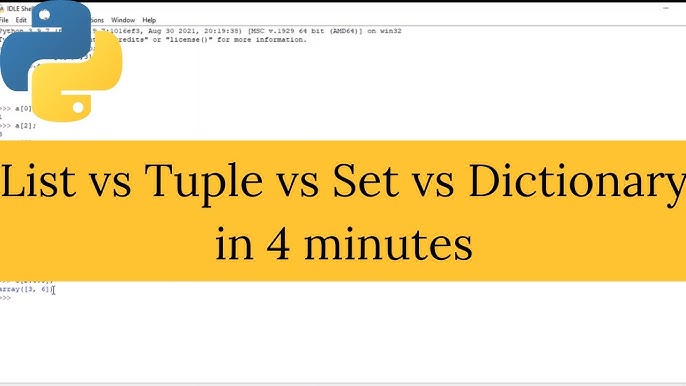
The age-old question: what's the difference between a Python array, list, and tuple? This is a common inquiry that has sparked heated debates on Reddit, with many developers having strong opinions on the matter.
To start with, it's important to note that Python doesn't have a built-in array type. What we typically refer to as "arrays" in other programming languages are actually called lists or tuples in Python. So, let's dive into the differences between these three data structures.
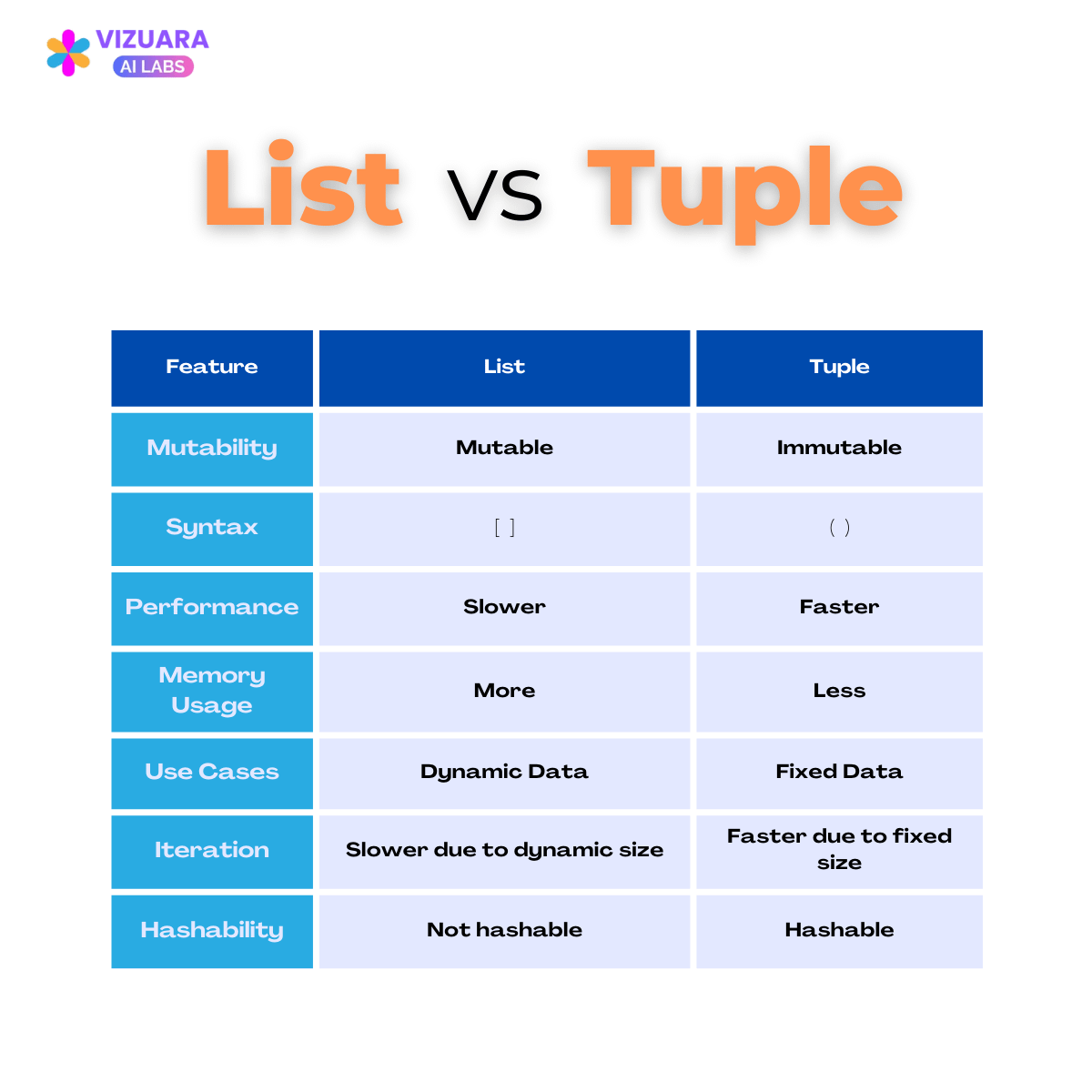
Lists
In Python, a list is a mutable sequence of items that can be of any data type. It's defined by square brackets [] and elements are separated by commas. Lists are dynamic, meaning they can grow or shrink in size as elements are added or removed. This makes them useful for tasks such as:

Here's an example:
my_list = [1, 2, 3]
print(my_list) # Output: [1, 2, 3]
my_list.append(4)
print(my_list) # Output: [1, 2, 3, 4]
Tuples
A tuple is an immutable sequence of items that can also be of any data type. It's defined by parentheses () and elements are separated by commas. Tuples are static, meaning their size and contents cannot be changed once they're created. This makes them useful for:
Here's an example:
my_tuple = (1, 2, 3)
print(my_tuple) # Output: (1, 2, 3)
Attempting to modify the tuple will raise a TypeError
try:
my_tuple.append(4)
except TypeError as e:
print(e) # Output: 'tuple' object has no attribute 'append'
So, what's an "array" then?
In Python, there isn't a built-in data structure that's specifically called an "array." However, you might see some libraries or frameworks using the term to refer to numpy arrays or other specialized data structures. For example:
In general, when working with numerical or scientific computing in Python, you might encounter array-like data structures. However, these are not part of the standard library and should be treated separately from the list and tuple types.
Conclusion
In conclusion, while there isn't a specific "array" type in Python's built-in data structures, we do have lists (mutable sequences) and tuples (immutable sequences). Understanding the differences between these data structures is crucial for writing efficient, readable, and maintainable code. So, next time someone asks you what the difference is between a Python array, list, and tuple, you'll be well-equipped to provide a clear and concise answer!
